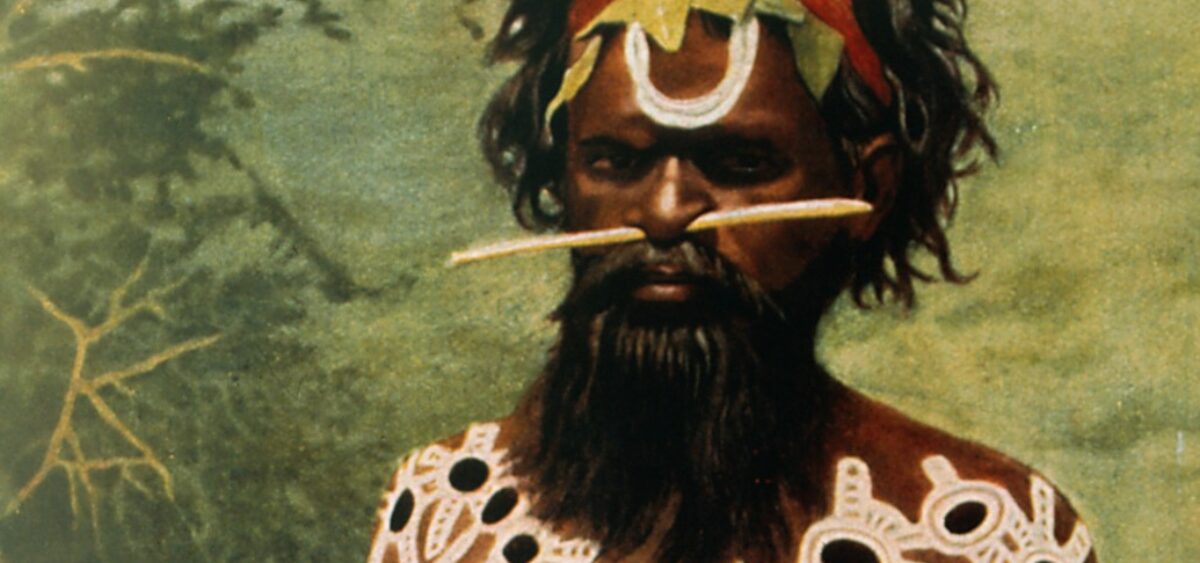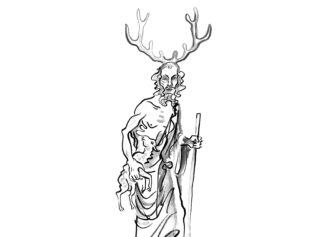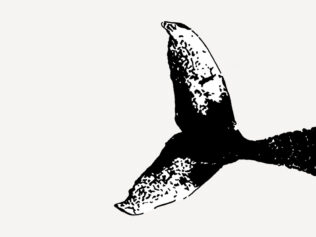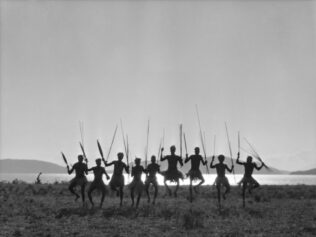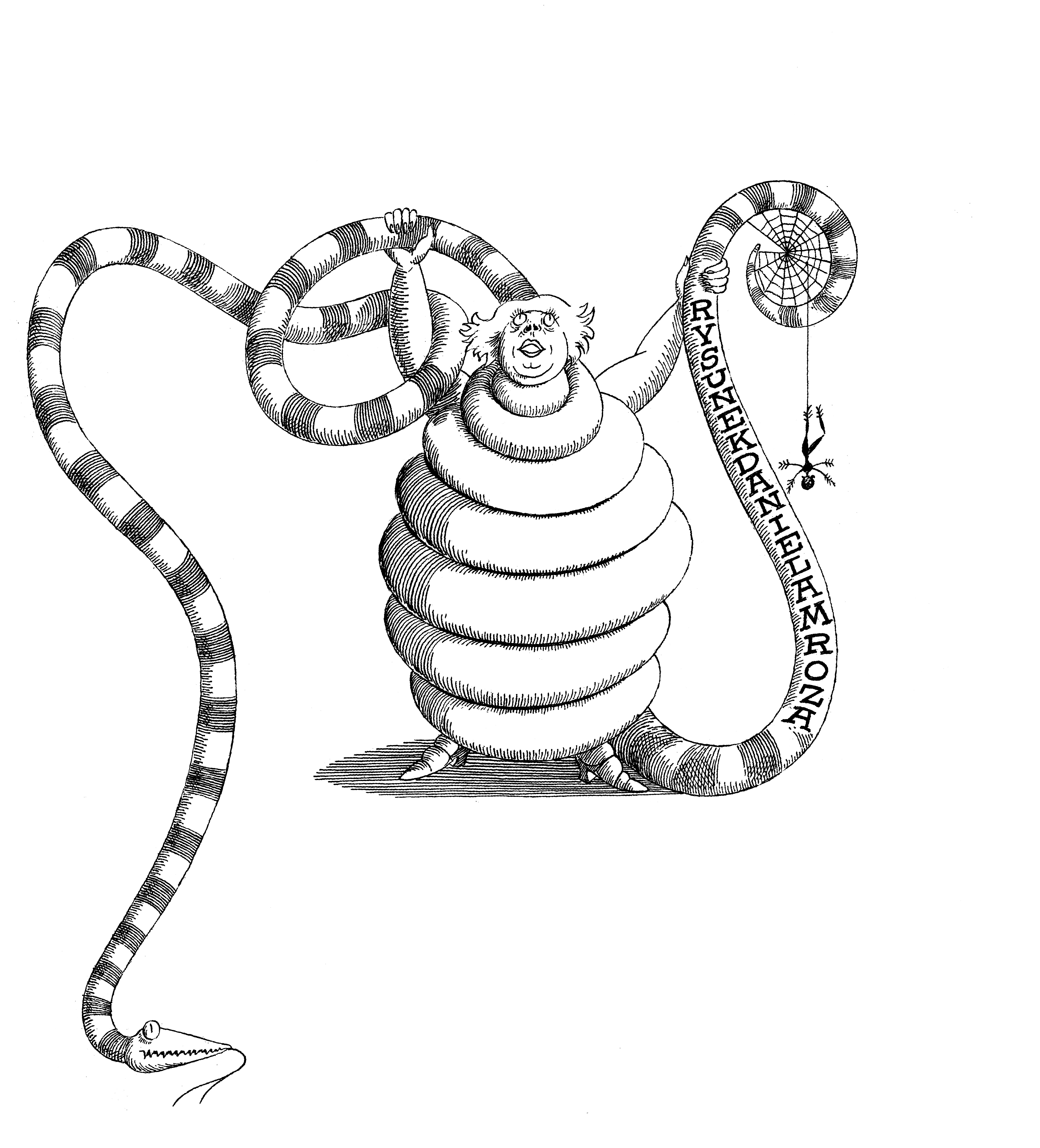
In some societies, supernatural powers can bring not only healing, but also death. When a malicious curse or spell is cast against you, antibiotics, surgery, and other treatments won’t help. But there’s a catch – you have to believe in it.
We all know that society influences the individuals who form it. However, it is not obvious that this influence can be total, and can literally send any person to their death. In a somewhat forgotten 1936 study entitled “Physical effect upon the individual of the collectively suggested idea of death”, the renowned sociologist Marcel Mauss examined cases of such deaths. The collected ethnographic material came mainly from the life of the Indigenous peoples of Australia and New Zealand. The described details were closely related to phenomena that are no longer present in Europe, in particular magic and taboos. The incidents I describe below were most often ‘magically induced’ or resulted from a breach of a tribal ban. As it turns out, there truly are mortal sins.
The material collected by Mauss was carefully selected and appears credible – the accounts came both from missionaries and explorers, as well as doctors and naturalists. The accounts made it clear that death did not occur as a result of suicide, but was a self-willed death caused by unconscious will. As a result of a malevolent spell or a curse, the individual felt a breakdown of communications or their good relationship with divine powers. In all cases, the person’s belief that they would shortly die was of crucial importance. This conviction was further intensified by the person’s friends and family, who were also convinced of the approaching death and avoided their company (in order to protect themselves from ‘ruination’). The victim’s world was falling apart, and their bonds with humans and gods ceased to exist. In this situation, the only solution was to cast a counter-spell. Again, the individual would only recover if they believed in the power of the new spell. In such cases Western medicine often turned out to be ineffective, because neither the patient nor his relatives believed in it.
To die of terror
As early as 1843, the pioneer of Kimberley County found that the astonishing health and vitality of the Aboriginal people stood in contrast to how sickly they would become as soon as they became convinced that a sinister spell was cast against them. In 1870, a naturalist conducting research in these areas wrote about the phenomenon of ‘dying of terror’ as a result of a deadly spell. Apparently, they had witnessed the death of an Aboriginal convinced that they would die on a specific day (which actually did happen). Missionary John Bulmer (1833–1913) argued that such cases were common among the tribes of northern Victoria. The only possible cure, according to the clergyman, was to cast a counter-spell that would reverse the process of their ‘blood going bad’. Around 1840, James Backhouse, a missionary and botanist, witnessed the death of a man on Bourne Island who believed he would die the following day as the result of a magic spell.
Walter Baldwin Spencer (1860–1929), a biologist and ethnologist, heard a similar story from a native of Kakadu who, as a boy, ate a forbidden snake and learned that he would fall ill and slowly begin to deteriorate. Several years later, as an adult, he felt unwell. The medicine man asked whether the man had eaten anything that could harm him. The man then remembered and reiterated the story from his childhood. The healer replied that the man would die that day; his condition deteriorated dramatically and others had to support him while walking. He claimed to feel the snake’s soul writhing within his body and occasionally hiss in his mouth. Another healer known in the region was brought in. As it turned out, he arrived just in time. By means of magical procedures, he found and pulled the snake out of the patient’s body, placed the reptile in a bag, and ordered it to stay there. When the man woke up the next day, he was well again.
Similar cases were recorded among the Maori. William Mariner (1791–1853) described a man who ate a forbidden turtle, causing swelling of the liver and, subsequently, death. Similarly, the people of Samoa were convinced that if one ate a ‘totem animal’, it would move inside them, destroying them from the inside and finally killing them. Mariner also recorded another unusual case: it was found that a woman’s spirit was consorting with the spirit of a young warden. A Maori tohunga priest stated that this offence would result in the man dying in two days – and that’s exactly what happened.
Let us also mention the case of the Moriori conquered by the Maori people in 1835. Shortly after, the Moriori population – forced to perform activities perceived as taboo in their culture – dropped from 2000 to around 100. In the 19th century, it was estimated that death as a result of witchcraft was the most common cause of death among Polynesians, so much that it influenced mortality statistics among the Maori.
Mauss also emphasized that the Maori people did not show any symptoms, were young, and even seemed to be much more physically resilient than the European colonialists. As he wrote, this was possibly because they lived in an unpolluted natural environment and did not wear clothing. The sociologist mentioned some examples of this remarkable resilience. A few hours after giving birth, Indigenous women would get back on their feet and return to their daily duties. Among some tribes, the minor punishment for wrongdoing by women or young people was to stab their thigh with a knife. These wounds would heal – according to white Europeans’ criteria – amazingly quickly, unless one believed in the supernatural properties of the knife.
Magical props
So far I have talked about the consequences of beliefs, but let me also describe the beliefs that could lead to death – as contemporary Western religious scholars and anthropologists have outlined them. I will limit this to Australian cultures, as these have been described in more detail.
In the book Religie Australii [Religions of Australia], Andrzej Szyjewski states that Aboriginal shamans hold two important functions: healing (or reversing spells, since there are no ‘natural’ diseases) and magically killing or removing diseases. In the Aboriginal worldview, neither ‘natural’ diseases nor ‘natural’ deaths exist – they are always the result of someone else’s malicious action. In general, responsibility for death is ascribed to the magical activities of the enemy clan or tribe.
Here, it is worth mentioning a special category of shamans known as ‘tribal executioners’, present in the Alawa and Arabana tribes, as well as Central Australia. Such a person would engage in magical killing on the orders of the elder council, if prohibitions were violated. Kurdaitcha (as they are known in Central Australia) sometimes also simply assault the victim, attacking them unexpectedly and twisting their neck. Deadly magic is used mainly in cases of breaking the rules of tribal life.
Here, let us mention the amazing equipment of such an assassin: the ‘Shoes of Invisibility’. They are made of emu feathers, blood and human hair. As their name suggests, they provide invisibility, as long as one wears them, of course. However, not everyone can wear such shoes. First, one’s feet have to be suitably deformed. For this purpose, a hot stone is placed on the little toe in order to soften the tendon, and then the finger is pulled outwards with a strong movement. This is justified in the culture of Aboriginal people, who believe that there is an ‘eye’ on the little toe. The shoes, even if they do not provide physical invisibility, turn out to be quite effective. Aboriginals are able to identify people by their footprints, and the shoes prevent this, because they are made in such a way as to distort the footprint.
Kurdaitcha can kill in various ways. A magic stick made of the bones of the dead, pointed at the victim, ‘transmits’ a death sentence. Every shaman has one and should not use someone else’s. These items are assumed to be of spirit origin and originate from the mythical Dreamtime. They are made from the bones of a deceased tribe member, or a wooden stick placed in a corpse for some time, or from the bones of a kangaroo or emu. The stick can be decorated with grass and human hair stuck with resin.
The anthropologists Ronald and Catherine Berndt confirmed yet another method: the stick, by means of magic, sucked the life and blood out of the victim and thus led to their death. Because of this, these sticks were filled with feathers or wax, so that the blood would not return to the condemned. Szyjewski summarizes what a man named Phillip Waipuldanya Roberts from the Alawa tribe said about the work of a shaman. The victim was trapped in the bush, stunned with a blow to the neck, and hypnotized; in this state, the fat from their kidneys was cut out with a knife (because, according to local beliefs, the soul and the will to live reside there). Once the wound was sewn up, the area was covered with wax so that it couldn’t be seen. The shaman spoke to the hypnotized victim’s subconscious, informing them of the sentence. Researchers are not sure whether the kidneys were physically removed or, more likely, the shaman and the victim imagined that this was done.
Representatives of other tribes confirm this general pattern: the victim was stunned and had their fat drawn from the right side of the torso. The wound was concealed by various magical techniques. According to one of the versions, once the victim woke up, a star fell from the sky with their heart on it. Methods of this kind are characteristic of the Aboriginal people of Southeast Australia.
Executioners from the Wiradjuri tribe, after removing the fat, put a special rope and crystal in its place – the rope and crystal would grow, devouring the person’s insides. The victim was not aware of anything and died soon after. After their death, the crystal returned to the shaman. Inserting a deadly object into the victim’s body was more common among Aboriginals from the Great Victoria Desert.
The killing required caution and preparation. The sun and moon had to be in the right positions and there had to be no water reservoirs in the vicinity. If the shaman did not follow the rules, the magic spell could turn on them. Concentrating their thoughts on the victim was essential to inducing disease and death. The ‘recipients’ of magic spells were the bones and internal organs of the victim, which are in this way ‘forced’ to disintegrate.
It is worth noting that a woman is also able to act as Kurdaitcha, although rarely and with some limitations. Her magic tools have to be larger in order to multiply her power, and before she embarks on her treacherous mission, her body has to be decorated with drawings. Interestingly, if a woman dies during such mission, her husband is obliged to destroy their dwelling and move to another. If he fails to do so, the spirit of the deceased will take revenge for her receiving approval for the unsuccessful mission.
The killing bone – known as kundela – is a needle-shaped stick known in northwestern South Australia that terrified Indigenous Australians until the 20th century. Shamans fashioned it from the bones of the deceased and placed a lock of hair on it. In a ceremony that contained dancing, beating the drum and using spells, they would instil the kundela with the power to kill and later would throw it towards the victim’s dwelling. Importantly, news about holding this kind of ceremony was made public – it was particularly important to inform the future victim, as well as their relatives. The victim later died by refusing to eat.
To believe or not to believe?
It is assumed that these beliefs were very popular until the mid-20th century, and later began to dissipate. The aforementioned Waipuldanya from the Alawa tribe – the protagonist of the 1962 book I, the Aboriginal by Douglas Lockwood – still admitted the fear brought on by the mere sight of the elders, although he lived in Europe among white people for a decade. Fear and faith in their power was shared by all who, like Waipuldanya, had left the tribe. In 2004, in response to unfair policy towards Aboriginal people, Kurdaitcha attacked John Howard, the then Prime Minister of Australia, but the curse turned out to be ineffective, and the politician is still alive.
In Structural Anthropology, Claude Lévi-Strauss attempted to explain the effectiveness of this kind of magic by referring to psychophysiological mechanisms and more precisely, the activity of the sympathetic nervous system. Stimulated in a situation of great fear, it leads to a decrease in blood volume and a drop in pressure, damaging the circulatory system. Refusing meals and drinks would only speed up this process. According to Lévi-Strauss, similar cases were observed on military fronts and during bombings – that is, wherever people experienced incredible fear.
Regardless of whether this theory is accurate, however, we can agree with Lévi-Strauss that based on the available ethnographic material, there is no reason not to believe in the effectiveness of deadly magic. Magic ‘works’ when three corresponding conditions are met: (1) the victim believes in the reality of witchcraft and in the power of shamanism; (2) the shaman-killer also believes in the reality of magic and in their power; (3) the ‘killing’ is perpetrated within a community that believes and recognizes the reality of magical power.
Taking all this into account, even though the over-romanticizing of the ‘magical’ world seems understandable, perhaps we should be glad that shamans and witches endowed with universal, time-honoured authority simply do not exist in our culture.
Translated from the Polish by Joanna Figiel


